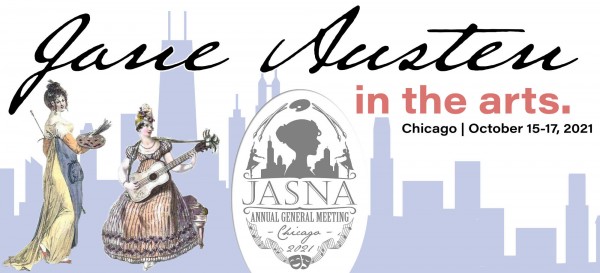Especially during the last two years, when I’ve mainly been at home in Mississippi, I’ve found myself imagining Jane Austen in London and thinking about how she spent her time there. Austen’s heroines are rarely excited by the idea of the city—particularly the city of London. Elinor Dashwood accompanies her sister and Mrs. Jennings reluctantly and seems to have little enjoyment while there, especially given her worries about Marianne and the forced intimacy with Lucy Steele. For Elizabeth Bennet, her brief stays with the Gardiners are vexed by the thought of Jane’s unhappiness and her anger at the Bingley family. Fanny Price is “disposed to think the influence of London very much at war with all respectable attachments.” Though Isabella Knightley settles in the “very airy” Brunswick Square, it seems unlikely that Emma has ever left Mr. Woodhouse to visit there. Harriet’s stay with the Knightleys is designed as a salve for a broken heart—and she’s taken to a circus—but even that pleasure is mitigated when she is panicked by the crush of the crowd.
Jane Austen herself has a different story. Though she jokes about the “Scene of Dissipation & vice” that is London, her accounts emphasize pleasure. Besides the time spent in visiting friends and relatives, writing letters, and correcting proofs, she reads, shops, attends concerts, operas, plays, and the circus, and visits art galleries and museums. In Bath and Southampton, in Steventon or Chawton, the pleasures of artistic expression in the form of prints, home theatricals, the daily practice of her own music, and domestic arts such as embroidery were central to her life.
JASNA’s 2021 Annual General Meeting—Jane Austen in the Arts—explored Austen’s immersion in the world of art as well as later artistic responses to her work. That experience, coordinated by Kristin Miller Zohn and Jennifer Swenson, engaged attendees in the pleasures of artistry and of community. Some of the diverse group of presentations from the AGM are represented here; others will be published in Persuasions 43. We also present a rich Miscellany, with essays from shoplifting to perspectives on Austen’s novels (including attempts to identify Meryton and Pemberley) to analyses of adaptations. And we once again have a new bibliography team: Eileen Horansky, Claire Bellanti, and Robin Henry have taken on the arduous but valuable task of compiling the 2020 bibliography.
This issue needed more than a village (almost a city!) to bring it to fruition. In addition to the authors of the essays, who invested their energies in research, writing, and revision, I am very grateful to the members of the Editorial Board, who read essays with a generosity that helped envision what they could become; to Linda Slothouber, who lined up a transcriber for Desmond Shawe-Taylor’s presentation, and to Collins Hemingway, who converted it into essay form; to Iris Lutz, who grabbed clips from AGM performances to embed in the essay by Stephen Alltop and Josefien Stoppelenburg as well as solving other problems related to the larger number of video clips in this issue; to Marsha Huff, who proofread the essays and made valuable editorial suggestions; and to Carol Moss, who built the pages, made the changes, and kept things working smoothly. We may not have been able to experience the pleasures of London recently, but through the efforts of all these people, we can share Jane Austen’s pleasure and inspiration in the arts.

